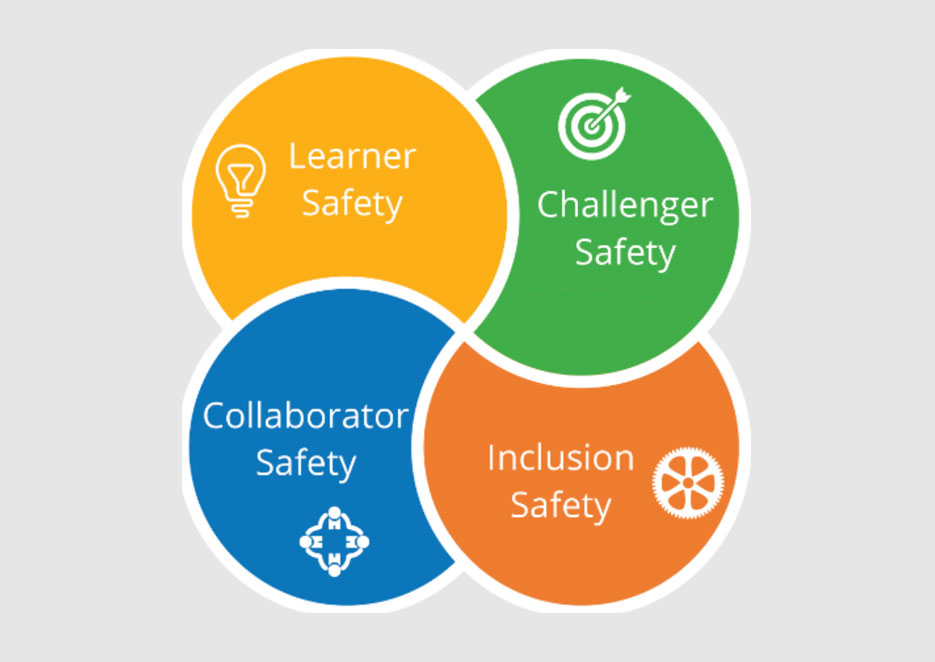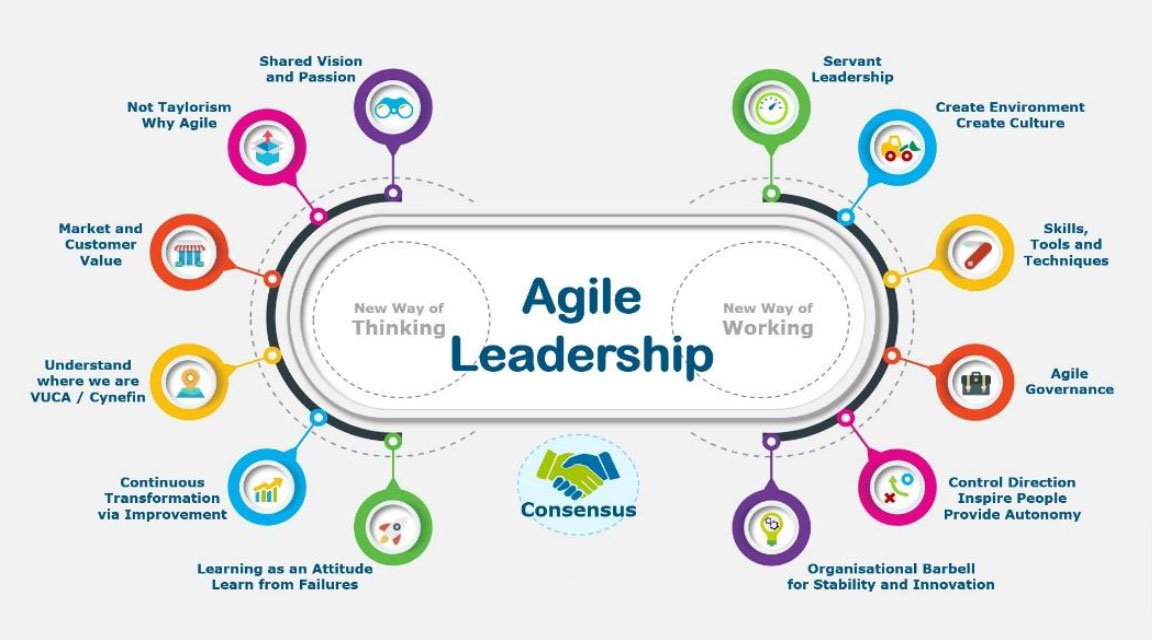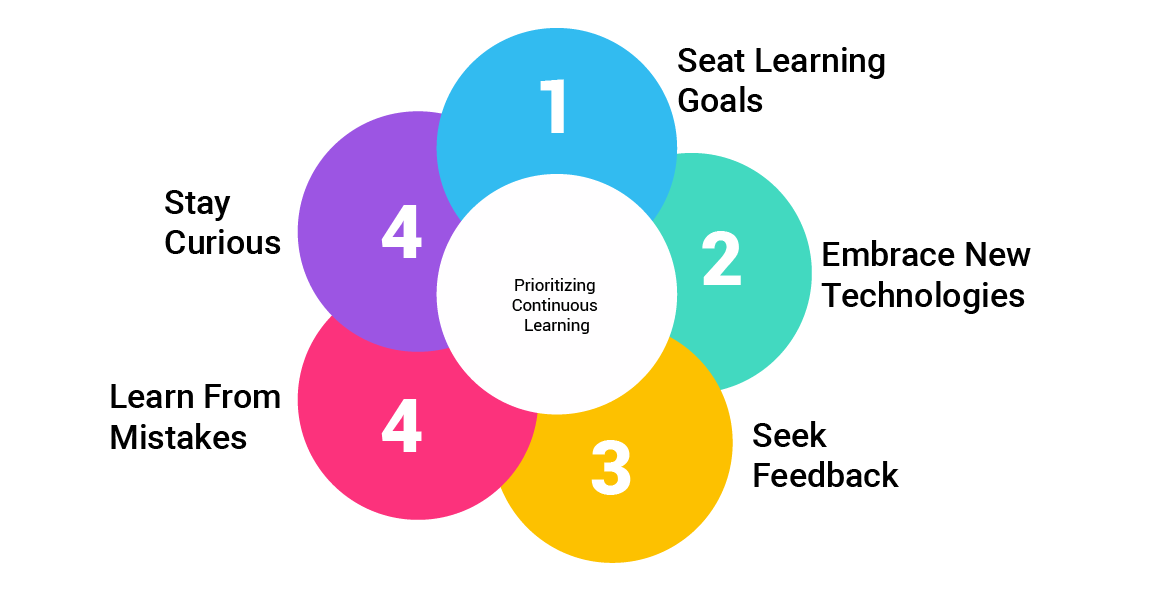In the dynamic landscape of 2024/2025, effective team building, and leadership are more crucial than ever. Organizations must adapt to evolving workplace trends, technological advancements, and diverse team compositions to maintain a competitive edge. This article explores contemporary strategies for fostering cohesive teams and robust leadership, underpinned by recent research and expert insights.
- Embracing Diversity and Inclusion

Diversity and inclusion (D&I) have become fundamental components of effective team building. Diverse teams bring a variety of perspectives, enhancing creativity and problem-solving. According to a McKinsey report, companies with diverse executive teams are 25% more likely to outperform their peers on profitability.
To leverage diversity, leaders must foster an inclusive culture where all team members feel valued and heard. This involves actively addressing unconscious biases, promoting equal opportunities, and encouraging open communication. Implementing D&I training programs and setting measurable diversity goals can help integrate these values into the organizational fabric.
- Leveraging Technology for Collaboration

In 2024/2025, remote and hybrid work models continue to dominate, making technology an indispensable tool for team building. Collaboration platforms like Slack, Microsoft Teams, and Zoom facilitate seamless communication and project management across geographies. A study by Buffer highlights that 99% of remote workers would like to continue working remotely at least some of the time for the rest of their careers.
To enhance team collaboration, leaders should invest in robust digital tools that support real-time communication, file sharing, and collaborative project management. Additionally, fostering a digital-first mindset and providing training on these tools can bridge any technological gaps and ensure efficient teamwork.
- Fostering Psychological Safety

Psychological safety, where team members feel safe to take risks and express their ideas without fear of retribution, is critical for high-performing teams. Research by Google’s Project Aristotle found that psychological safety is the most important factor in effective teams.
Leaders can cultivate psychological safety by encouraging open dialogue, showing empathy, and demonstrating vulnerability. Regular check-ins, anonymous feedback mechanisms, and team-building activities can also help build trust and camaraderie. When team members feel psychologically safe, they are more likely to collaborate, innovate, and engage in meaningful discussions.
- Implementing Agile Leadership

Agile leadership, characterized by flexibility, adaptability, and a focus on continuous improvement, is essential in today’s fast-paced environment. An agile leader empowers teams to make decisions, fosters a culture of experimentation, and quickly adapts to changes.
According to a report by the Harvard Business Review, companies that embrace agile methodologies see a 30-50% improvement in project success rates. Agile leaders prioritize clear communication, provide regular feedback, and encourage iterative progress. By adopting agile principles, leaders can enhance team responsiveness and drive sustained performance.
- Prioritizing Continuous Learning and Development

Continuous learning and development are vital for keeping teams skilled and motivated. In 2024/2025, the emphasis is on upskilling and reskilling to keep pace with technological advancements and evolving industry demands. The World Economic Forum predicts that by 2025, 50% of all employees will need reskilling.
Leaders should create a culture of continuous learning by offering access to training programs, workshops, and online courses. Encouraging team members to pursue professional development and recognizing their achievements can boost morale and retention. Furthermore, mentorship programs and knowledge-sharing sessions can facilitate personal and professional growth.
- Encouraging Collaborative Goal Setting

Collaborative goal setting involves team members in the process of defining objectives, fostering a sense of ownership and commitment. According to a study by Gallup, employees who are involved in goal setting are 3.6 times more likely to be engaged in their work.
Leaders should facilitate goal-setting sessions where team members can contribute their insights and align individual goals with organizational objectives. Regular progress reviews and adjustments ensure that goals remain relevant and achievable. By engaging the team in goal setting, leaders can enhance motivation and accountability.
- Cultivating a Positive Organizational Culture

A positive organizational culture is the cornerstone of effective team building and leadership. It encompasses shared values, beliefs, and behaviors that shape the work environment. A strong culture fosters collaboration, resilience, and a sense of belonging.
Leaders play a pivotal role in shaping and maintaining culture by modeling desired behaviors, celebrating successes, and addressing negative patterns. Initiatives such as team-building activities, wellness programs, and recognition schemes can reinforce a positive culture. Additionally, transparent communication and ethical practices build trust and integrity within the team.
Conclusion
As we navigate through 2024/2025, the strategies for effective team building and leadership must evolve to meet the changing demands of the workplace. By embracing diversity, leveraging technology, fostering psychological safety, implementing agile leadership, prioritizing continuous learning, encouraging collaborative goal setting, and cultivating a positive culture, leaders can build resilient and high-performing teams. These strategies, rooted in recent research and best practices, provide a roadmap for navigating the complexities of modern team dynamics and achieving sustained success.
References:
- McKinsey & Company. (2020). Diversity wins: How inclusion matters.
- Buffer. (2020). The State of Remote Work.
- Google. (2015). Re-Guide: Understand team effectiveness.
- Harvard Business Review. (2016). Embracing Agile.
- World Economic Forum. (2020). The Future of Jobs Report.
- Gallup. (2017). State of the American Workplace.

